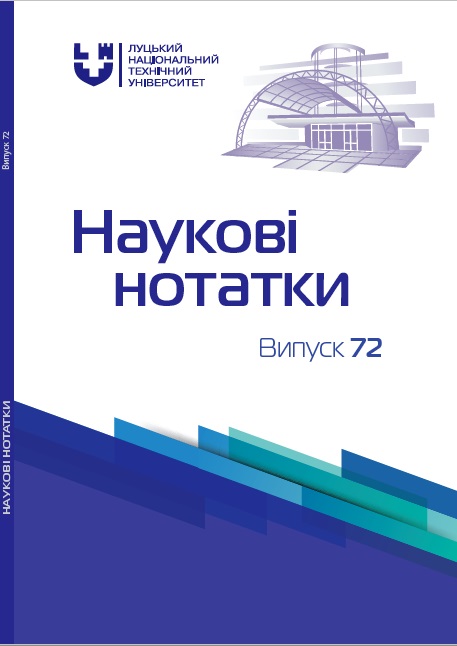ЗНАХОДЖЕННЯ ОБЧИСЛЮВАЛЬНИМИ МЕТОДАМИ МІКРОМЕХАНІКИ РІЗНООПІРНОЇ РЕОЛОГІЇ СПІКАННЯ ПОРОШКОВИХ МАТЕРІАЛІВ ЯКІ МІСТЯТЬ ПЛОЩИННІ ДЕФЕКТИ
Ключові слова:
пошкоджені пористі матеріали, мікромеханіка, нелінійна реологія спікання, різноопірність розтягу та стиску
Анотація
Робота присвячена вдосконаленню реологічної теорії спікання порошкових матеріалів. Запропоновано теоретичну методику визначення в’язких властивостей пористих матеріалів порошкового походження з розподіленими мікродефектами. Нелінійно-в’язка різноопірна (різна жорсткість на розтяг та стиск) поведінка такого матеріалу знаходиться шляхом мікромехананічного осереднення на представницькому осередку. Модулі в’язкості є функціями пористості й пошкодженості. Відповідно була обрахована ціла низка значень кожного з модулів в’язкості для певного дискретного діапазону густини та пошкодженості. Виявлено що ступінь знеміцнення матеріалу внаслідок площинних дефектів суттєво залежить не лише від знаку навантаження, але і від схеми деформування.





